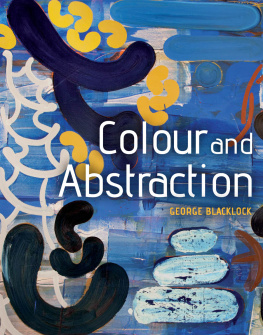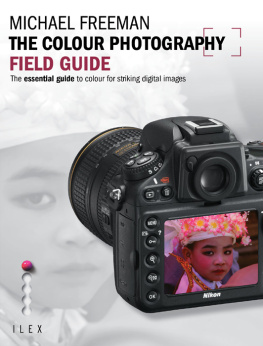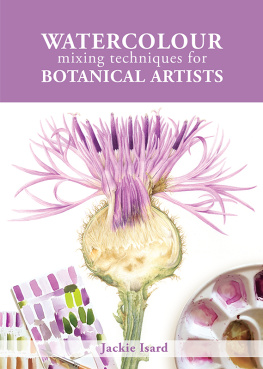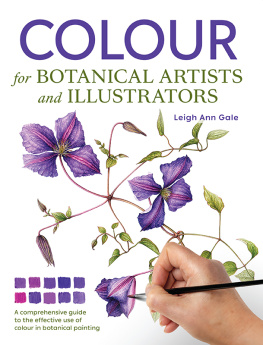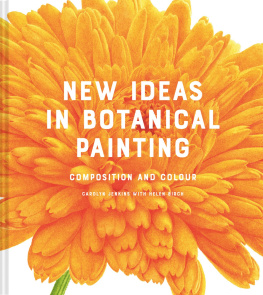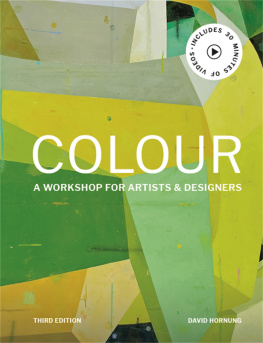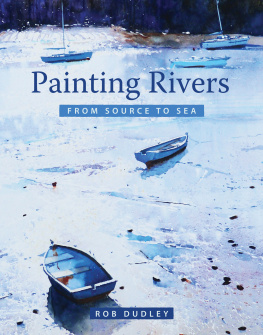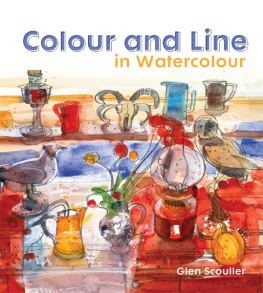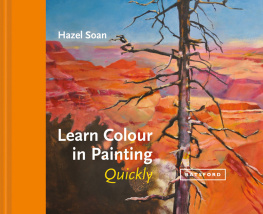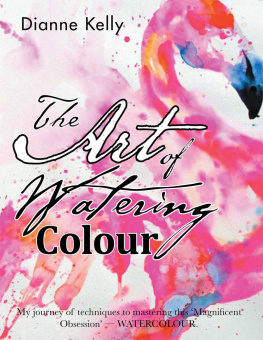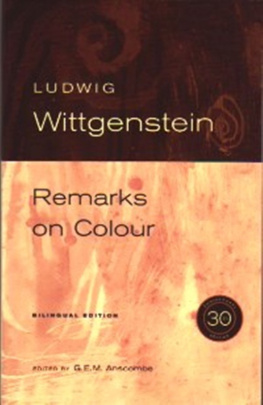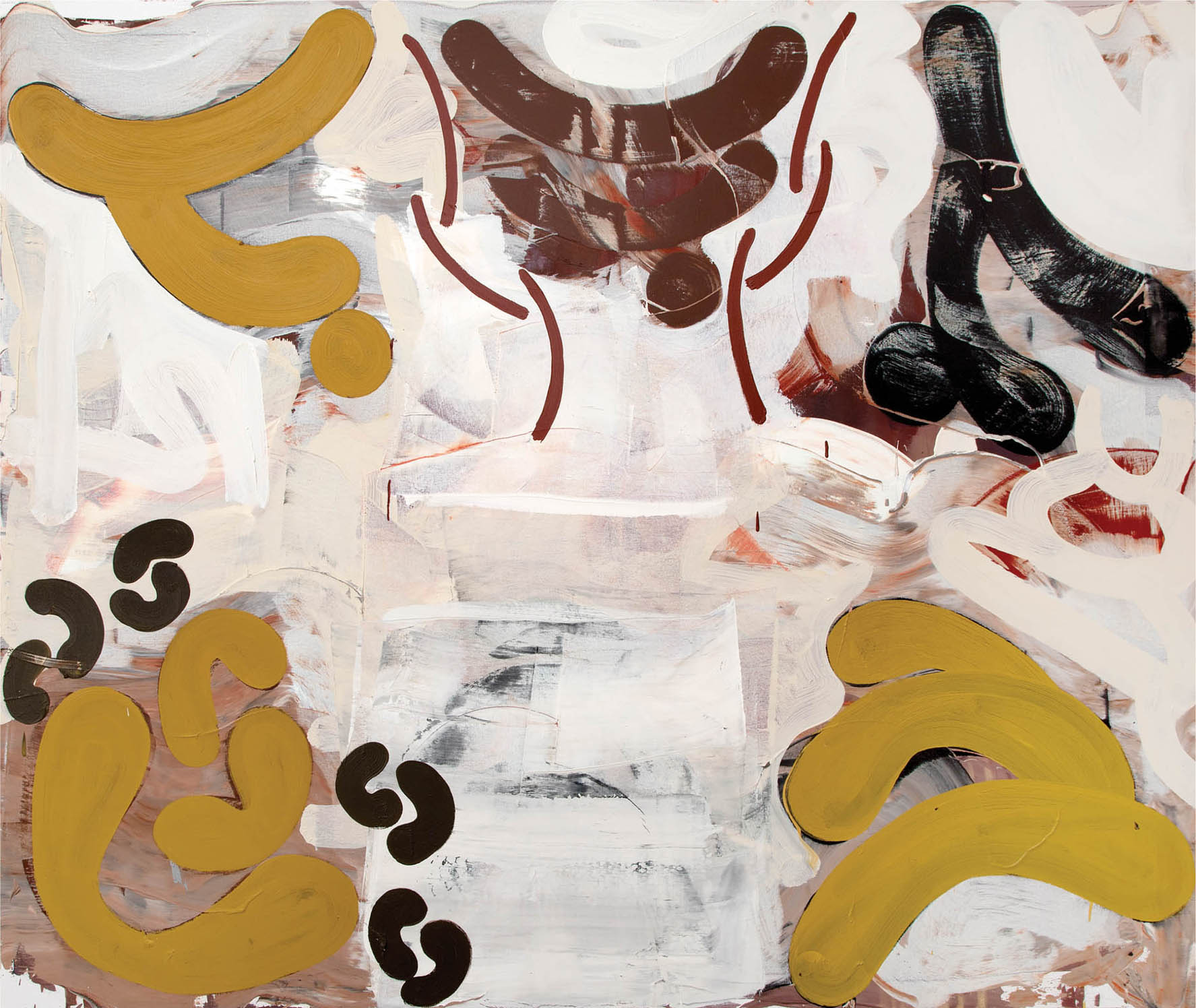
Colour and Abstraction
GEORGE BLACKLOCK

THE CROWOOD PRESS
First published in 2015 by
The Crowood Press Ltd
Ramsbury, Marlborough
Wiltshire SN8 2HR
www.crowood.com
This e-book first published in 2015
George Blacklock 2015
All rights reserved. No part of this publication may be reproduced or transmitted in any form or by any means, electronic or mechanical, including photocopy, recording, or any information storage and retrieval system, without permission in writing from the publishers.
British Library Cataloguing-in-Publication Data
A catalogue record for this book is available from the British Library.
ISBN 978 1 78500 032 4
Photography
All photographs of finished paintings by George Blacklock are courtesy of Flowers Gallery; all photographs in the tinted section Media Tools and Techniques in are courtesy of Katherine Blacklock; all other photographs of studies and images are by the artist.
Dedication
To George, Katie, Ruth, and Harry
Acknowledgements
I would like to thank Matthew Flowers for his and the Flowers Gallerys support in this endeavour, most especially Juliette OLeary, who was fabulous. I would also like to thank my exceptionally talented daughter Katie, who took the photographs in the section Media, Tools and Techniques in , and many others besides that we did not use. Also all the Blacklock clan for their support. And the University of the Arts London and Chelsea College of Arts in particular especially the ever-patient Alex Madjitey and Betty Borthwick.
CONTENTS

PREFACE
Thinking through Making
This book is not about getting you to paint like me, or even to think like me. We are all gifted with our own thought patterns and spirit these manifest themselves in our personalities, and these differences are rewarded in painting with what is often called our style. Even when we try to adopt another style of making, we cannot help but make it our own, so you dont have to worry about creating your own style because we do that naturally it really is (either fortunately or not) our default position.
One of the truths about abstract painting is that intentions are often compromised and frequently improved on, by the act of making. So it is most important that you are both vigilant and persistent these are the most important qualities to have if you want to make successful paintings.
The thoughts and pictorial ideas I have when I start a painting become enhanced by what I learn during it. I believe that if I do not learn, I dont make an interesting painting. Making paintings that simply demonstrate what you know, may impress initially but real ideas are always about what you have learned on the journey. It is important that you concentrate your mind whilst painting so that you are in the present and not thinking about what you would like the painting to be like, or regretting what it could have been like. Sometimes your inner mind, through its familiar interaction with the materials (and this constant interaction with the same kind of materials is an undoubted strength of painting), overrules what is in the front of your mind. On every occasion I have noticed this happening, it has always been for the better, and I have learned, and thus improved, as a painter and an artist.
The irony of this is that repeating what worked last time never seems to work so you adapt and move on. The fruit of your labours will attest to the rigour of your learning. Paintings thus become the product of your thinking (thinking through making). The exciting thing about making paintings (and other art objects) is that how you think and how you feel, is made real through an art object here in the world!

INTRODUCTION
I once watched a film of Picasso painting a picture, I think it was on glass, and I noticed that every time he made a mark he made it with absolute conviction. It was as if each mark were the final statement, even if he changed his mind (which he did a lot). I thought this was a real lesson to anyone wishing to make paintings now that each mark you make has to have this level of conviction. Hesitant marks and decisions dont work they only produce hesitant or half-finished pictorial ideas. So as a matter of course, when you make your work either from the exercises in this book or in your own work, please make them at full throttle. To allow this you will have to ensure the following three things:
First, that the surface you are painting on is smooth and able to take the paint. If you are priming your own canvas, make sure you sand between coats to ensure the surface will be as smooth as you can get it. A rough or bobbly surface will interrupt the flow of your brush and consequently your thinking.
Second, be sure that you have mixed up enough paint to do the job richly. There is nothing worse if you are in the moment when painting, to run out of the exact colour and exact consistency of paint. The result is always a bodge job, and looks it.
Third, make sure you are using the right-sized brush for the job. If you need to cover a lot of ground, and you feel bored just in covering the space, use a bigger brush!
The size and type of brush you use (or scraper or squeegee) is something you will have to feel for yourself, which is why there are no definitions of brush types in this book any art shop will supply you with a list of brushes and their uses. I often use decorators brushes as they can hold a lot of paint, and I think you will find they may have to in order to create the richness of experience you want from your paintings. But no matter what sort of brushes you use, always use the most expensive you can afford, because the more expensive they are, the less they are likely to distribute hairs in your paintings.
So finally, paint with as much conviction as you can muster no half-hearted measures.
CHAPTER 1

THE PICTURE PLANE AND PICTORIAL SPACE
To discuss paintings, and particularly abstract paintings, I feel that I should first introduce the concept of pictorial space. This is the space that is realized within the rectangle of the canvas. This can be infinitely deep or as flat as the surface you are using. The invocation of pictorial space requires in turn an idea that has come to be called the picture plane. The picture plane is the actual or perceived front of the painting, and it sometimes appears to be made of glass through which you see a representation of the world or the front of a physical object.
If, for example, we are drawing a straight railroad line into a distant horizon, the space we create is measured from where the surface of the canvas begins to the depth created by the illusion. This starting point is called the picture plane. Pictorial space is what happens beyond and across this plane.

